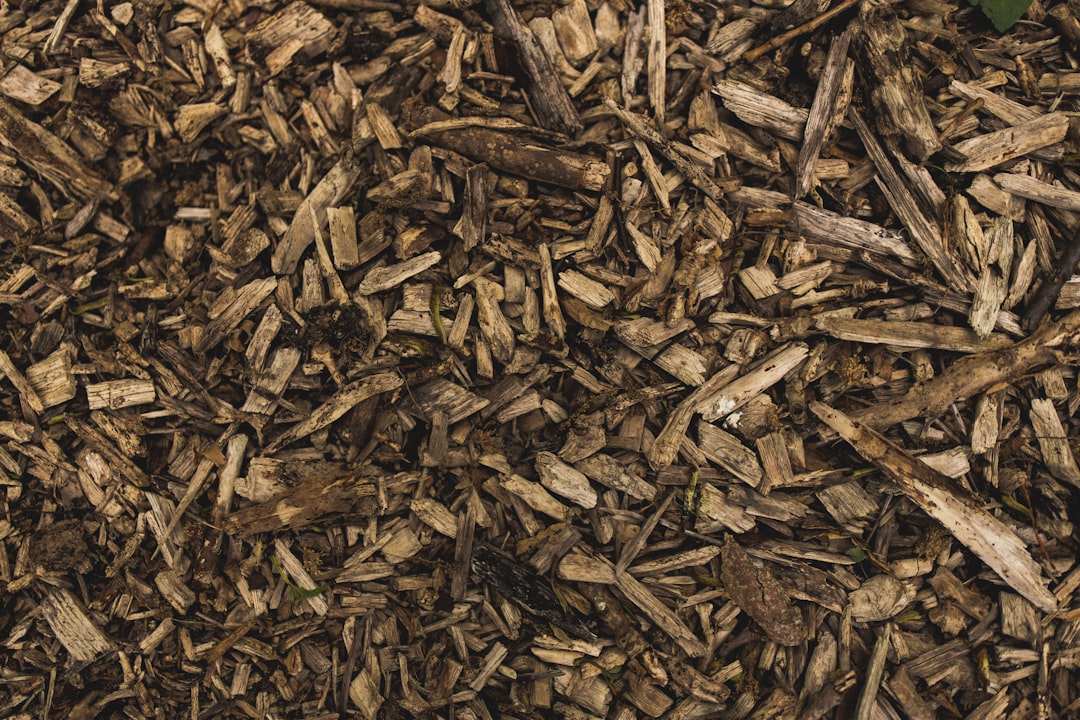Mulch is an unsung hero in xeriscaping, playing a vital role in water conservation and soil health. Whether you’re designing a drought-tolerant landscape or maintaining an existing xeriscape, mulch helps retain moisture, reduce evaporation, suppress weeds, and regulate soil temperature. In this post, we’ll explore the benefits of mulch, the different types available, and best practices for applying it effectively.
Why Mulch is Essential in Xeriscaping
Xeriscaping prioritizes water efficiency, and mulch significantly contributes to this goal. Here’s how mulch supports a thriving, low-water landscape:
1. Reduces Evaporation
Mulch acts as a protective barrier, shielding the soil from direct sun exposure and reducing moisture loss. This is especially crucial in arid and semi-arid climates where water quickly evaporates from bare soil.
2. Suppresses Weeds
By blocking sunlight, mulch prevents weed seeds from germinating and competing with desirable plants for water and nutrients. Fewer weeds mean less maintenance and more water available for your xeriscape plants.
3. Regulates Soil Temperature
Extreme temperature fluctuations can stress plants, but mulch helps insulate the soil, keeping it cooler in summer and warmer in winter.
4. Improves Soil Health
Organic mulches decompose over time, adding nutrients and enhancing soil structure. This fosters healthy root growth and promotes beneficial microorganisms.
5. Prevents Soil Erosion
Mulch helps stabilize the soil by reducing the impact of heavy rain or wind, preventing erosion and runoff.
Types of Mulch for Xeriscaping
Choosing the right mulch depends on your climate, landscape design, and plant preferences. There are two main types: organic and inorganic mulch.
Organic Mulch
Organic mulches break down over time, enriching the soil with nutrients.
-
Bark and Wood Chips: Long-lasting, attractive, and great for pathways and garden beds.
-
Shredded Leaves: Readily available, they provide excellent moisture retention and improve soil fertility.
-
Straw and Hay: Effective for vegetable gardens and temporary coverage.
-
Compost: Adds nutrients while retaining moisture.
Inorganic Mulch
Inorganic mulches do not break down quickly, making them ideal for low-maintenance xeriscapes.
-
Gravel and Crushed Stone: Excellent for desert landscapes and dry gardens.
-
Decomposed Granite: Provides a natural, aesthetic look while allowing water to permeate.
-
Rubber Mulch: Made from recycled materials, it’s durable but doesn’t improve soil health.
-
Landscape Fabric: Used under other mulches to further suppress weeds.
Best Practices for Mulching in Xeriscaping
To maximize the benefits of mulch, follow these best practices:
-
Apply a Layer of 2–4 Inches: This provides adequate coverage to retain moisture and suppress weeds.
-
Keep Mulch Away from Plant Stems: Direct contact can trap moisture and promote rot.
-
Replenish Organic Mulch Annually: As it decomposes, add fresh layers to maintain effectiveness.
-
Combine Different Mulches: Use organic mulch around plants and inorganic mulch for pathways or accent areas.
-
Avoid Mulching Too Deeply: Excessive mulch can prevent air and water from reaching plant roots.
Conclusion
Mulch is a simple yet powerful tool in xeriscaping, offering numerous benefits for water conservation, plant health, and soil protection. Whether you choose organic mulch for its soil-enhancing properties or inorganic mulch for its durability, incorporating mulch into your xeriscape ensures a resilient, low-maintenance landscape. By using mulch strategically, you can create a sustainable garden that thrives even in dry conditions while reducing water usage and maintenance efforts.

Comments
No comments yet. Be the first to comment!
You must be logged in to comment. Login